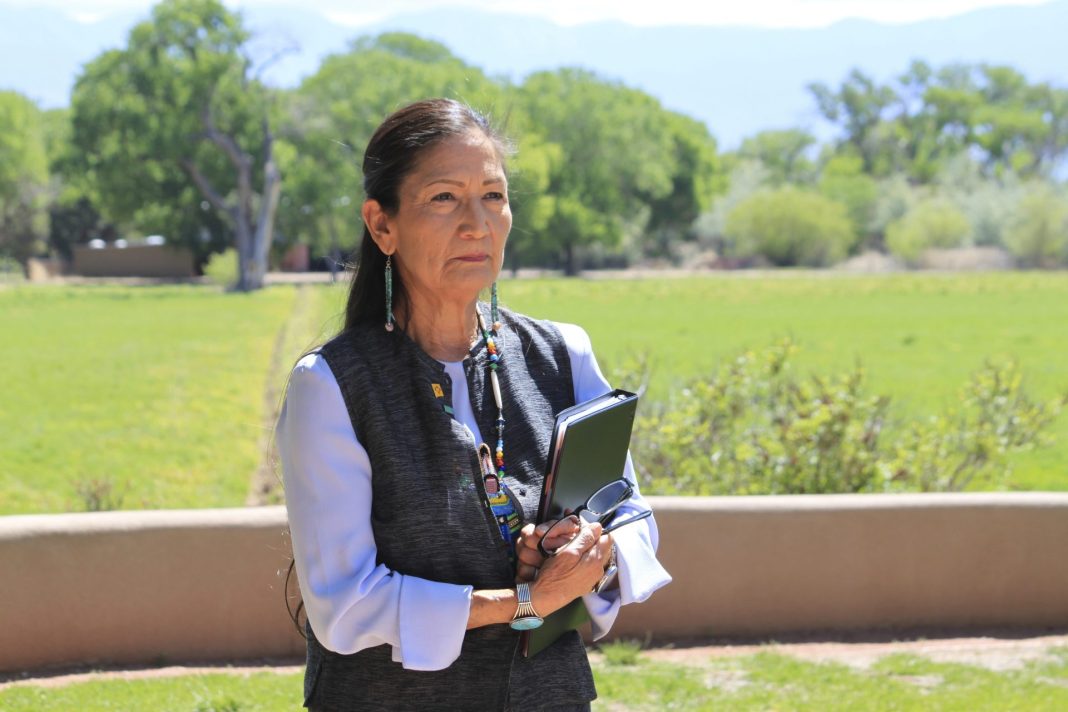|
Only have a minute? Listen instead
Getting your Trinity Audio player ready...
|
U.S. Interior Secretary Deb Haaland recently announced the allocation of funding for drought mitigation projects along the Rio Grande. Few places need such projects more than the Rio Grande Valley, which already is suffering millions in agricultural losses due to the lack of rain and irrigation water.
Local officials should put their heads together to identify and prioritize the region’s greatest needs, and craft proposals that might draw support from government officials, and Congress members.
Haaland on May 10 visited Albuquerque, N.M., to announce the allocation of $60 million that she said is the first installment of funding through the Inflation Reduction Act to address our persistent drought and growing water crisis. That initial outlay focused on the Colorado River basin, Haaland and other officials said they recognize the needs all along the river and the Rio Grande, and from cities, farmers and native American reservations, and all will be addressed in the future.
Well designed, reasonable and comprehensive projects and presentations should increase the chances of drawing support, and funding, and they should be made as soon as possible, before approval of other projects begins to deplete the available funding.
Valley officials can best accomplish that by combining their efforts and taking a regional approach. Such cooperation could focus their efforts and eliminate duplicate efforts, promote brainstorming that could produce more and better ideas, and enable them to form a united front that could inspire support from key officials at the state, congressional and administration levels.
Interior officials said they want to improve existing water infrastructure and develop ways to capture stormwater runoff. The Valley has similar needs; intermittent rains often flood many areas, then drain away into the river and the Gulf of Mexico. Capturing more of that water would benefit the area immensely.
Such efforts could include systems such as that employed in Brownsville, where drainage systems feed into local resacas. Those then become holding ponds for rainwater, support wildlife habitat and even provide an auxiliary source of municipal water.

This is one of several water management ideas that Valley officials already have developed. In Hidalgo County, officials worked with the Homeland Security and Corps of Engineers officials so that funding for the border fence could include needed improvements to the levees along the Rio Grande.
Regional cooperation could produce more practical and efficient ideas that can address our needs while maximizing the benefits of the investment. Well-planned projects such as these likely will increase the chances that those who make the funding decisions will take notice, and deem them worthy of support.
Even without IRA funding, strong proposals might draw support from other sources such as targeted allocations directly from Congress or the North American Development Bank.
Hurricane Season might be days away, but rainfall isn’t expected in South Texas anytime soon. Each day increases our water needs, and the urgency of looking for help addressing them.




